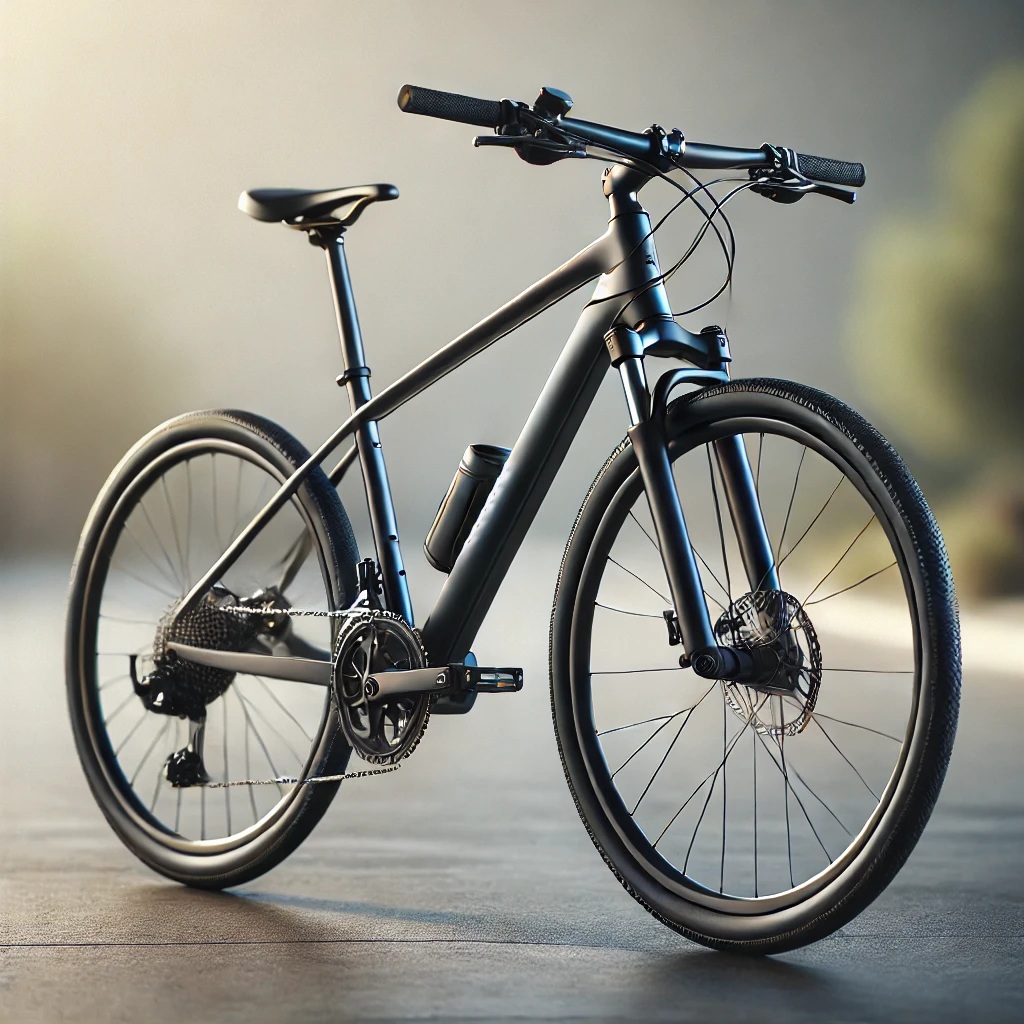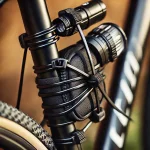Cyclists know the importance of keeping their gear secure. Cable ties, also known as zip ties, offer a versatile solution for attaching accessories to your bike. Let's explore how to use these handy fasteners effectively for your cycling needs.
Choosing the Right Cable Ties
Selecting the appropriate cable tie is crucial for ensuring your accessories stay put. UV-resistant ties work best for outdoor use. They withstand sun exposure without becoming brittle. Reusable ties offer flexibility for items you might need to adjust frequently. For added security, consider metal-detectable ties. These are especially useful if you're concerned about theft.
When choosing cable ties, consider the size and strength you need. Larger, thicker ties can handle more weight and stress. Thinner ties work well for lighter items or in tight spaces. Color can also be a factor. Black ties blend in with most bike frames. Colored ties can help you identify different accessories or cables quickly.
Securing Lights and Reflectors
Proper lighting is essential for cycling safety, especially during low-light conditions. Cable ties offer a simple way to attach lights and reflectors to your bike. Start by deciding where you want to position your light or reflector. Common spots include handlebars, seat posts, and frame tubes.
Once you've chosen the location, thread a cable tie through the mounting bracket. Wrap it around the part of the bike you're attaching it to. Tighten the tie securely, but be careful not to overtighten. You don't want to damage your bike's finish or the accessory itself.
For a cleaner look, trim the excess tie length after securing. Leave a small tail to make removal easier later. If you're attaching a light to your handlebars, make sure it doesn't interfere with your grip or controls.
Attaching a Bike Computer or GPS
Keeping track of your speed, distance, and route is easier with a bike computer or GPS. These devices usually come with their own mounts. Cable ties can provide extra security or serve as a temporary solution.
Use two cable ties for added stability when attaching these devices. Thread them through the mount and around the handlebar or stem. Ensure the device is level before fully tightening the ties. Double-check that it doesn't interfere with your brake or gear cables.
Remember to position your device where you can easily see it while riding. You don't want to strain your neck or take your eyes off the road for too long.
Organizing Cables
A tidy bike not only looks better but can also improve performance. Cable ties are excellent for organizing brake and gear cables. Group cables together and use ties every few inches to keep them aligned. Be careful not to tighten the ties so much that they impede cable movement.
Leave some slack near moving parts like the fork and rear suspension. This prevents the cables from being pulled or stretched as you ride. Proper cable management can prevent rattling noises and reduce the risk of cables getting caught on obstacles.
Mounting a Water Bottle Cage
Staying hydrated on long rides is crucial. If your bike lacks mounting points for a water bottle cage, cable ties can help. Position the cage where you want it on the frame. Use at least three cable ties for security.
Thread the ties through the cage mounting holes and around the frame tube. Tighten gradually, checking the cage's position as you go. Ensure the cage is secure enough to hold a full water bottle without slipping.
Attaching a Bike Pump

A pump is essential for fixing flat tires on the go. Cable ties can help you keep your pump handy. Find a spot on your frame where the pump won't interfere with pedaling. The top tube or seat tube often works well.
Use two or three cable ties, spaced evenly along the pump's length. Ensure the pump is secure but can still be easily removed when needed. Position it so it doesn't rub against your legs as you pedal.
Temporary Fender Installation
Unexpected rain can turn a pleasant ride into a muddy mess. Cable ties allow for quick, temporary fender installation. Cut a piece of plastic to the right shape for your needs. Use cable ties to attach it to your seat stays or fork.
Make sure your makeshift fender doesn't rub against the tire. This could cause damage or slow you down. Remember, this is a temporary solution. Invest in proper fenders for regular wet-weather riding.
Safety Considerations
While zip ties are incredibly useful, it's important to use them safely. Always cut off excess tie length to avoid snagging. Sharp edges can catch on clothing or scratch skin. Regularly check and replace ties that show signs of wear or sun damage.
Avoid over-tightening zip ties. This can damage your bike's finish or compress cables and hoses. If a tie breaks while you're riding, it could cause an accessory to come loose unexpectedly.
Also see: Cable Tie Regulations and Standards: Ensuring Quality and Safety
Creative Uses for Cable Ties
Beyond the basics, cable ties have many creative applications for cyclists:
- Emergency chain repair: A few strong cable ties can temporarily fix a broken chain.
- Securing loose spokes: Tie a broken spoke to its neighbor to get home safely.
- Makeshift toe clips: Create simple toe clips using cable ties on flat pedals.
These solutions aren't permanent fixes. They're meant to help you finish your ride and get home safely.
Removing Cable Ties
When it's time to remove a cable tie, be careful not to damage your bike or accessories. Use scissors or wire cutters to snip the tie. Avoid pulling or twisting, as this can scratch surfaces or leave residue.
If you're removing ties frequently, consider investing in reusable options. These have release mechanisms that allow for easy removal and reuse.
Environmental Considerations
As cyclists, we often care deeply about the environment. Consider the environmental impact of your cable tie use. Look for biodegradable options for temporary applications. Properly dispose of used ties to prevent them from becoming litter.
When possible, opt for reusable alternatives like velcro straps or silicone ties. These can be just as effective and create less waste over time.
Also see: The Psychology of Organization: How Cable Ties Reduce Workplace Stress
Conclusion
Cable ties are a cyclist's best friend when it comes to securing accessories and organizing bikes. They're affordable, versatile, and easy to use. With these tips, you can keep your cycling gear secure and your ride smooth.
Remember, while cable ties are great for many applications, they're not always a permanent solution. For critical components or long-term use, consider specialized mounting hardware designed for your specific needs.
For more insights and tips on cable ties and other related products, explore cabletiesunlimited.com and follow us on our social media communities on Facebook and Instagram!

